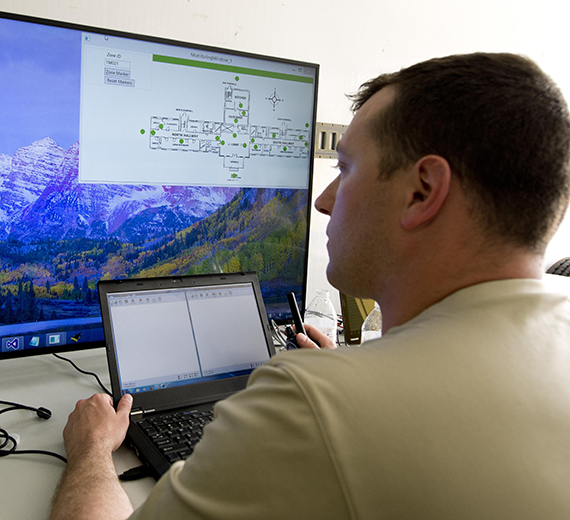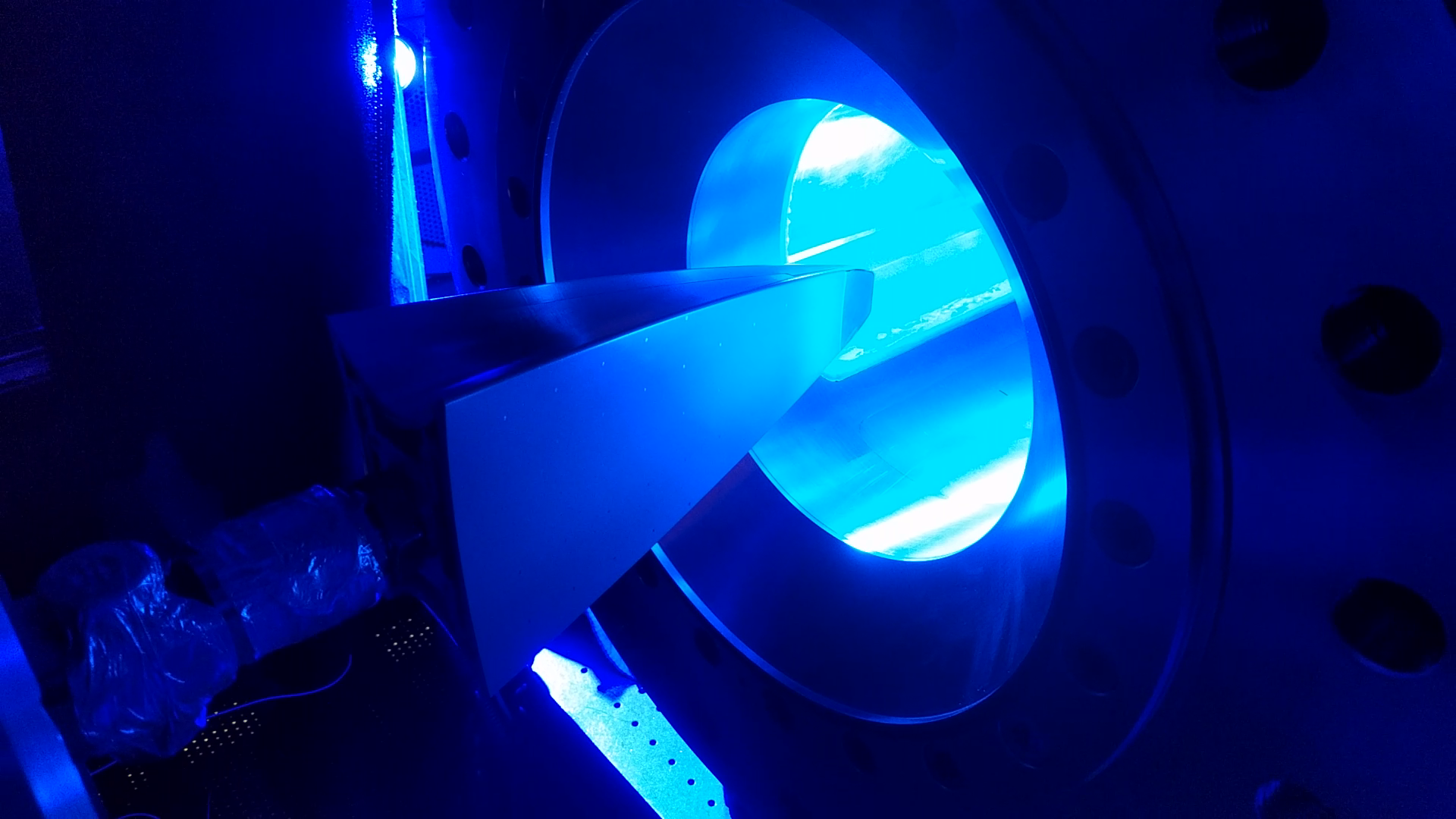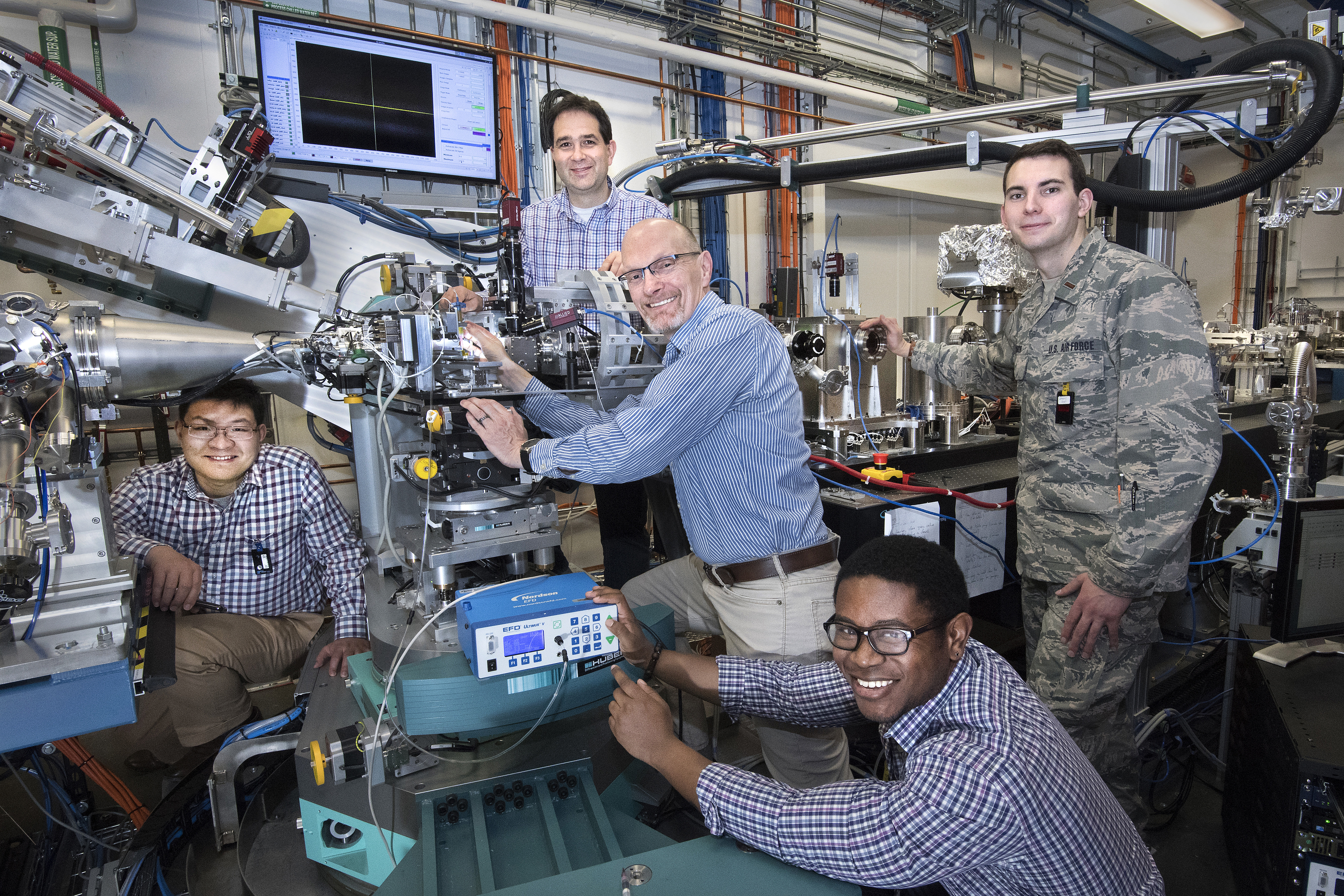EXPLORE THE MANY WAYS TO PARTNER WITH AFRL
PLEASE SELECT A BUSINESS TYPE AND INTEREST BEFORE SEARCHING.
Develop your idea, launch a business, get published, tackle challenging problems or help secure our nation. It’s all possible when you partner with AFRL.
PLEASE SELECT A BUSINESS TYPE AND INTEREST BEFORE SEARCHING.










By expanding and strengthening our partnerships, and leveraging the innovation networks within industry, small business, academia, and government laboratories, the Department of the Air Force (DAF) is committed to delivering an effective service to connect that will ensure more external innovations have a transformational impact on the Air Force and Space Force.
TheAir Force Research Laborato…

Air Force Innovation Institutes are often physically located near AFRL operating locations and assist AFRL with Innovation, Collaboration, and Technology Transfer. Partnership Intermediary Agreements (PIAs) are organizations that serve as intermediaries that facilitate joint projects and accelerate technology transfer between AFRL and private companies.
Griffiss Institute Rome, NY:https://www.griffissinstitute.org/

The Small Business Hub was created to link entrepreneurs, businesses, industry and governmental organizations in support of tech-driven business growth, strengthening the Air Force industrial base and commercializing technologies for new market opportunities. It was established in 2014 as a dual effort by the Wright Brothers Institute (WBI) and the Air Force Research Lab (AFRL).
The “444,” loca…

The Small Business Innovation Research (SBIR) program was established by Congress to fund research and development (R&D) by small businesses of 500 or fewer employees. Eleven (11) federal agencies participate in the program, including the Department of Defense.
The Small Business Technology Transfer (STTR) program was established to fund cooperative R&D projects with small businesses and non-pr…

AFWERX is expanding technology, talent, and transition partnerships for rapid and affordable commercial and military capability.
Organizationally, AFWERX has three efforts:AFVentures, Spark,andPrime.

The Air Force Technology Transfer Program was created to ensure all Air Force science and engineering activities promote the transfer or exchange of technology with state and local governments, academia, and industry. These activities enhance the economic competitiveness of industry and promote the productivity of state and local governments while leveraging the Department of Defense (DoD) research and development investment.

As a part of the Air Force Research Laboratory (AFRL), the Air Force Office of Scientific Research (AFOSR)’s technical experts foster and fund research within AFRL, universities, and industry laboratories to ensure the transition of research results to support USAF needs.
To accomplish this task, AFOSR solicits proposals for research through various Broad Agency Announcements (BAAs) as well as various other programs outlined below.

TechLink helps innovation-minded businesses and entrepreneurs identify, evaluate, and license technology developed within DOD and VA labs nationwide.
Through technology transfer, businesses of all sizes have partnered with DOD and VA labs to significantly cut time and resources from their R&D efforts, bringing new products and services to market with speed and efficiency.

ADVANCING PUBLIC-PRIVATE PARTNERSHIPS
A NEW PARADIGM IN PUBLIC-PRIVATE PARTNERSHIPS